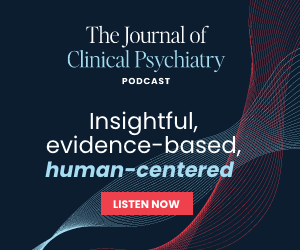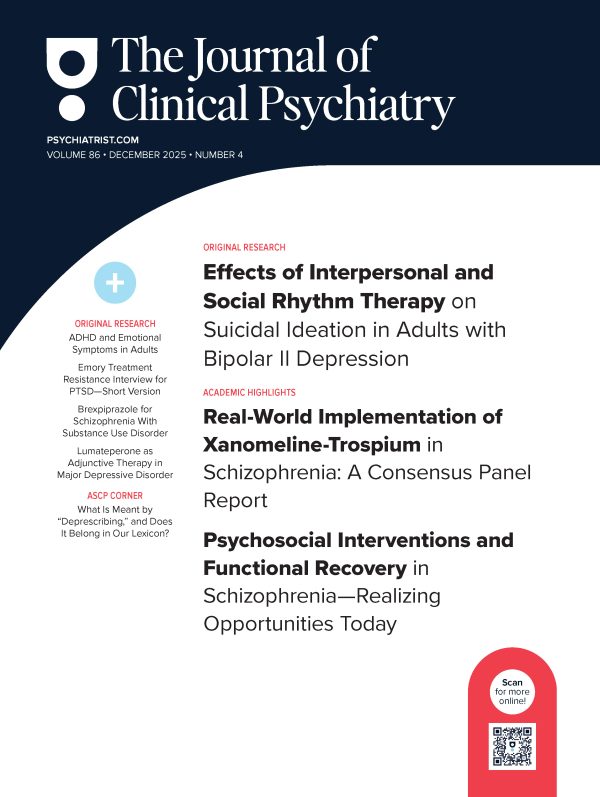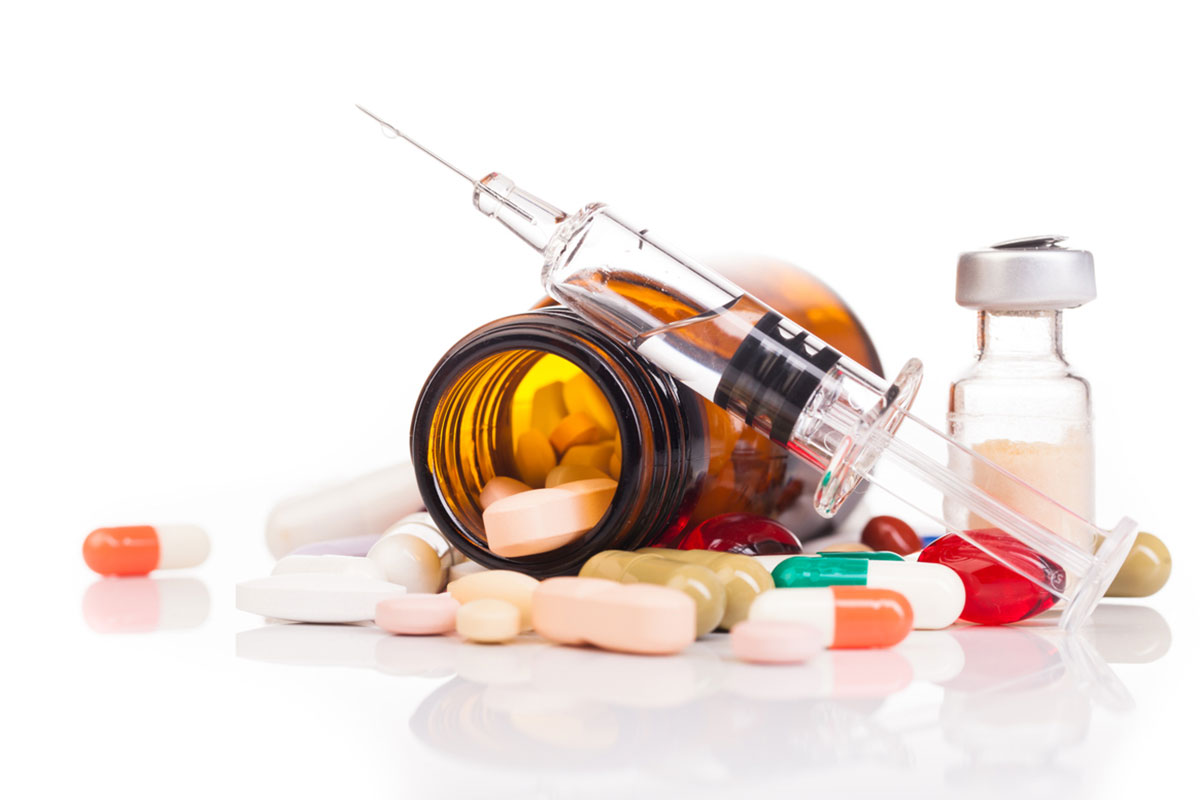Abstract
Objective: Most serum lithium (se-Li) tests do not comply with the required timing (12 hours after lithium intake). We aimed to develop an equation estimating 12-hour se-Li levels when lithium blood tests are taken at other time points than 12 hours.
Methods: The equation was developed via secondary analyses using data from the Bipolar Clinical Health Outcomes Initiative in Comparative Effectiveness (CHOICE) trial and verified in 2 separate proof-of-concept studies. Bipolar CHOICE included 122 lithium-treated patients (192 se-Li measurements), who had se-Li levels measured and self-reported the time since lithium intake. The proof-of concept studies tested the accuracy of the equation by measuring se-Li concentrations at different time points up to 24 hours after lithium intake and were performed in Boston, US (5 patients, 10 se-Li measurements) and Aarhus, Denmark (21 patients, 159 se-Li measurements).
Results: We present a simple equation calculating the estimated 12-hour se-Li level (eLi12) based on the measured se-Li level at the patient-reported time for intake of the last lithium dose. The accuracy was confirmed in both proof-of concept studies, where eLi12 showed a mean deviation from the 12-hour se-Li level of 10% compared to 25% for the measured se-Li (P < .0001). For 99 out of 102 (97%) blood tests taken between 3 and 24 hours after the last lithium dose, eLi12 was closer to the 12-hour level than the actual measured se-Li level.
Conclusion: eLi12 provides clinicians with more accurate 12-hour se-Li estimations and gives patients flexibility as to when to show up for lithium blood tests.
J Clin Psychiatry 2025;86(1):24m15547
Author affiliations are listed at the end of this article.
Members Only Content
This full article is available exclusively to Professional tier members. Subscribe now to unlock the HTML version and gain unlimited access to our entire library plus all PDFs. If you’re already a subscriber, please log in below to continue reading.
References (30)

- Cipriani A, Pretty H, Hawton K, et al. Lithium in the prevention of suicidal behavior and all-cause mortality in patients with mood disorders: a systematic review of randomized trials. Am J Psychiatry. 2005;162(10):1805–1819. PubMed CrossRef
- BALANCE Investigators and Collaborators, Geddes JR, Goodwin GM, , et al. Lithium plus valproate combination therapy versus monotherapy for relapse prevention in bipolar I disorder (BALANCE): a randomised open-label trial. Lancet. 2010;375(9712):385–395. PubMed
- Licht RW. Lithium: still a major option in the management of bipolar disorder. CNS Neurosci Ther. 2012;18(3):219–226. PubMed CrossRef
- Yatham LN, Kennedy SH, Parikh SV, et al. Canadian Network for Mood and Anxiety Treatments (CANMAT) and International Society for Bipolar Disorders (ISBD) 2018 guidelines for the management of patients with bipolar disorder. Bipolar Disord. 2018;20(2):97–170. PubMed CrossRef
- Malhi GS, Gershon S, Outhred T. Lithiumeter: version 2.0. Bipolar Disord. 2016;18(8):631–641. PubMed CrossRef
- Hiemke C, Baumann P, Bergemann N, et al. AGNP consensus guidelines for therapeutic drug monitoring in psychiatry: update 2011. Pharmacopsychiatry. 2011;44(6):195–235. PubMed
- Reddy D, Reddy MS. Se-Li levels: ideal time for sample collection! Are we doing it right? Indian J Psychol Med. 2014;36(3):346–347.
- Kessing LV, Gerds TA, Feldt-Rasmussen B, et al. Use of lithium and anticonvulsants and the rate of chronic kidney disease: a nationwide population based study. JAMA Psychiatry. 2015 Dec;72(12):1182–1191.
- Presne C, Fakhouri F, Noel LH, et al. Lithium-induced nephropathy: rate of progression and prognostic factors. Kidney Int. 2003;64(2):585–592. PubMed CrossRef
- Pottegard A, Hallas J, Jensen BL, et al. Long-term lithium use and risk of renal and upper urinary tract cancers. J Am Soc Nephrol. 2016;27(1):249–255.
- Shine B, McKnight RF, Leaver L, et al. Long-term effects of lithium on renal, thyroid, and parathyroid function: a retrospective analysis of laboratory data. Lancet. 2015;386(9992):461–468. PubMed CrossRef
- Kjaersgaard G, Madsen K, Marcussen N, et al. Tissue injury after lithium treatment in human and rat postnatal kidney involves glycogen synthase kinase-3β-positive epithelium. Am J Physiol Renal Physiol. 2012;302(4):F455–F465. PubMed CrossRef
- Frye MA, Denicoff KD, Bryan AL, Smith-Jackson EE, Ali SO, Luckenbaugh D, et al. Association between lower serum free T4 and greater mood instability and depression in lithium-maintained bipolar patients. Am J Psychiatry. 1999;156(12):1909–1914. PubMed CrossRef
- Thomsen K, Schou M. Avoidance of lithium intoxication: advice based on knowledge about the renal lithium clearance under various circumstances. Pharmacopsychiatry. 1999;32(3):83–86. PubMed CrossRef
- Amdisen A. Se-Li determinations for clinical use. Scand J Clin Lab Invest. 1967;20:104–108.
- Kessing LV, Sondergard L, Kvist K, et al. Adherence to lithium in naturalistic settings: results from a nationwide pharmacoepidemiological study. Bipolar Disord. 2007;9(7):730–736. PubMed CrossRef
- Marcus SC, Olfson M, Pincus HA, et al. Therapeutic drug monitoring of mood stabilizers in Medicaid patients with bipolar disorder. Am J Psychiatry. 1999;156(7):1014–1018. PubMed CrossRef
- Nederlof M, Egberts TC, van Londen L, de Rotte MC, Souverein PC, Herings RM, et al. Compliance with the guidelines for laboratory monitoring of patients treated with lithium: a retrospective follow-up study among ambulatory patients in The Netherlands. Bipolar Disord. 2019;21(5):419–427. PubMed CrossRef
- Ward ME, Musa MN, Bailey L. Clinical pharmacokinetics of lithium. J Clin Pharmacol. 1994;34(4):280–285. PubMed CrossRef
- Tyrer SP, Grof P, Kalvar M, et al. Estimation of lithium dose requirement by lithium clearance, serum lithium and saliva lithium following a loading dose of lithium carbonate. Neuropsychobiology. 1981;7(3):152–158. PubMed CrossRef
- Chiu CC, Shen WW, Chen KP, et al. Application of the Cockcroft-Gault method to estimate lithium dosage requirement. Psychiatry Clin Neurosci. 2007;61(3):269–274. PubMed CrossRef
- Perry PJ, Alexander B, Dunner FJ, et al. Pharmacokinetic protocol for predicting serum lithium levels. J Clin Psychopharmacol. 1982;2(2):114–118. PubMed
- Radhakrishnan R, Kanigere M, Menon J, et al. Comparison of three a-priori models in the prediction of serum lithium concentration. Indian J Pharmacol. 2012;44(2):234–237. PubMed CrossRef
- Nierenberg AA, Sylvia LG, Leon AC, et al. Clinical and Health Outcomes Initiative in Comparative Effectiveness for Bipolar Disorder (Bipolar CHOICE): a pragmatic trial of complex treatment for a complex disorder. Clin Trials. 2014;11(1):114–127. PubMed CrossRef
- Spearing MK, Post RM, Leverich GS, et al. Modification of the Clinical Global Impressions (CGI) Scale for use in bipolar illness (BP): the CGI-BP. Psychiatry Res. 1997;73(3):159–171. CrossRef
- Jacobsen SL, Kraft CL, Nierenberg AA, et al. Do patients comply with 12- hour lithium blood level timing? Findings from a controlled clinical trial and a real-world clinical setting. medRxiv. Preprint posted online October 22, 2024. doi: 10.1101/2024.10.17.24315010.
- Methaneethorn J, Mannie Z, Bell E, et al. Lithium replacement dose recommendations using Monte Carlo simulations. Bipolar Disord. 2022;24(7):739–748.
- Levey AS, Coresh J, Greene T, et al. Using standardized serum creatinine values in the modification of diet in renal disease study equation for estimating glomerular filtration rate. Ann Intern Med. 2006;145(4):247–254.
- Levey AS, Stevens LA, Schmid CH, et al. A new equation to estimate glomerular filtration rate. Ann Intern Med. 2009;150(9):604–612. PubMed
- Stevens LA, Schmid CH, Greene T, et al. Comparative performance of the CKD Epidemiology Collaboration (CKD-EPI) and the Modification of Diet in Renal Disease (MDRD) Study equations for estimating GFR levels above 60 mL/min/ 1.73 m2. Am J Kidney Dis. 2010;56(3):486–495. PubMed CrossRef






